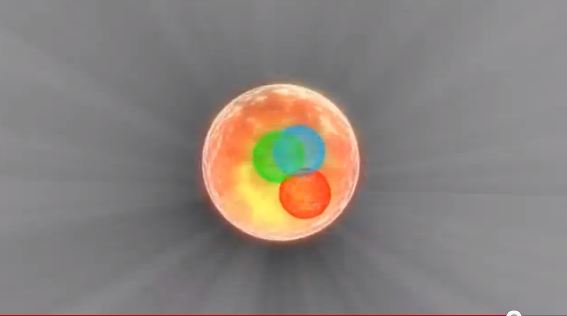

| Visitors Now: | |
| Total Visits: | |
| Total Stories: |

| Story Views | |
| Now: | |
| Last Hour: | |
| Last 24 Hours: | |
| Total: | |
Higgs Boson: Mysterious Particle Could Help Unlock Secrets Of The Universe
Thursday, November 15, 2012 14:46
% of readers think this story is Fact. Add your two cents.
The search for a mysterious subatomic particle can certainly involve some enormous tools, not to mention a multitude of scientists.


The effort to find the elusive “Higgs boson” includes over 5,800 scientists from 56 countries! The Higgs boson is a subatomic particle that gives other particles, such as quarks and electrons, their mass. With support from the National Science Foundation, physicists Michael Tuts at Columbia University and Kyle Cranmer at New York University are among the 21st century explorers who have been on the hunt for the Higgs. Their detective work is done at CERN, the European Organization for Nuclear Research, located in Geneva, Switzerland, where construction of the Large Hadron Collider and the detectors needed to study these particles took years to complete.
On July 4, 2012, CERN’s Director General Rolf Dieter-Heuer cautiously announced the discovery of a new particle, with all the proper characteristics of a Higgs boson. The particle detectors used to identify the Higgs boson are the size of a six-story building, full of hundreds of millions of electronic instruments. The ATLAS detector, used by Tuts and Cranmer, works like a huge digital camera. It records hundreds of billions of protons colliding at nearly the speed of light.
This “camera” takes 40 million pictures per second. For these two physicists, and thousands of others around the world, the adventure is just beginning. Still ahead at CERN is an effort to unravel more exotic mysteries, from figuring out what happened immediately after the Big Bang to discovering extra dimensions of time and space!
Source: Science Nation


